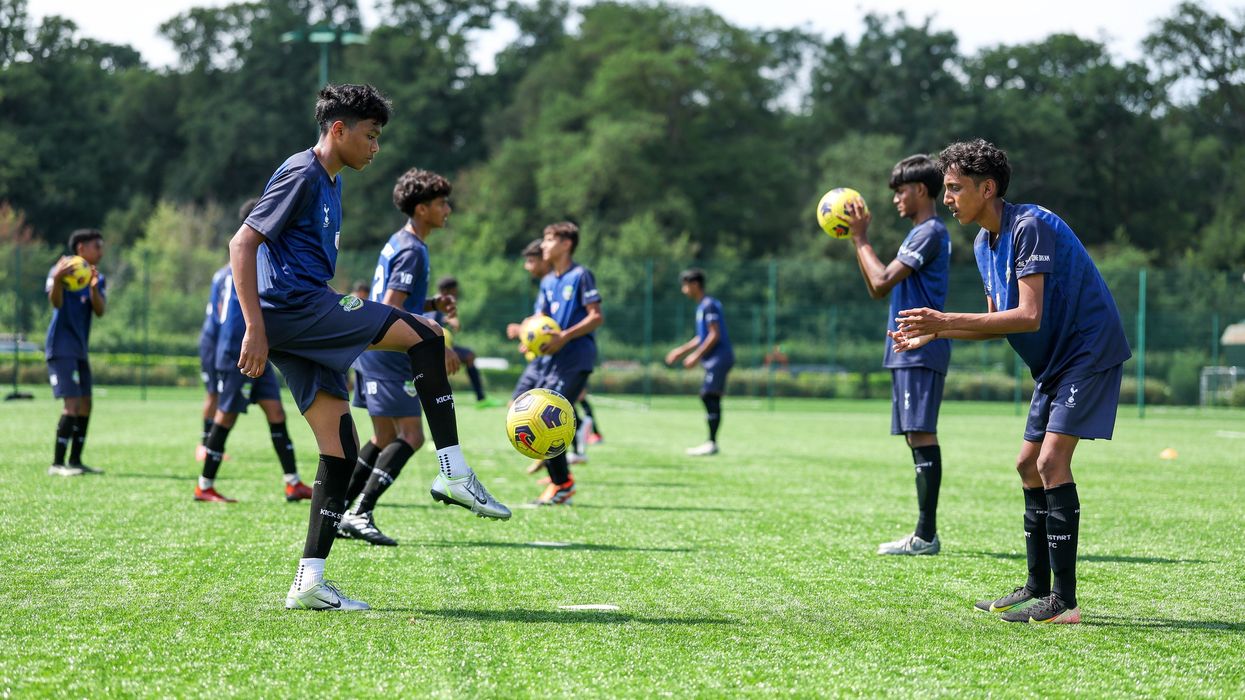We strive for equity in all aspects, for students as well.
Bringing equality isn't a simple task, but you can build deeper relationships and foster a growth mindset in your students.
It results in closing achievement gaps, classroom by classroom.
So, what exactly is the achievement gaps in education?
Achievement gap is the disparity in educational outcomes between the group of students, typically divided by race, ethnicity, socio-economic status, and other factors.
In this article, we will discuss top 8 ways that will help close gaps in learning among the students. These lists are somewhat similar to professional essay writing services that collect the best services!
Importance of Closing the Education Gap
Closing learning gap is crucial for a variety of reasons including:
Social Justice: Education is a fundamental right, and closing a gap in education ensures that all students have an equal opportunity to succeed regardless of their background or circumstances. Reducing disparities in educational outcomes is an essential step toward achieving greater social justice.
Economic Growth: A highly educated workforce is essential for economic growth and development. Reducing the education gap ensures that all students have the skills and knowledge needed to succeed in the 21st-century workforce, which is increasingly dependent on knowledge and technological expertise.
National Security: Education is essential for national security, as a highly educated workforce is crucial for maintaining a competitive edge in science, technology, engineering, and mathematics (STEM) fields. Closing the education gap ensures that all students have the opportunity to develop the skills and knowledge needed to contribute to national security.
Improved Quality of Life: Education is linked to better health outcomes, increased civic engagement, and improved quality of life. Closing the education gap ensures that all students have the opportunity to benefit from the many positive outcomes associated with a high-quality education.
Diversity and Inclusion: Closing the education gap promotes diversity and inclusion by ensuring that students from all backgrounds have an equal opportunity to succeed. This promotes a more inclusive society that values and celebrates diversity.
Best Strategies to Close the Achievement Gap
Here, we’ve listed the 8 best ways to close student achievement gap:
1. Provide high-quality early childhood education
High-quality early childhood education can have a significant impact on children's cognitive and social-emotional development, providing a foundation for future academic success.
This can include initiatives such as Head Start programs, which provide comprehensive early childhood education and support services to low-income families.
Such programs focus on a child’s academic and developmental needs, including language, literacy, numeracy, socio-emotional development, and health, to support learning and prepare them for future success.
Investing in early childhood education is a cost-effective way to close the achievement gap and help children reach their full potential.
2. Increase access to technology
Access to technology can help level the playing field for students, providing access to digital resources, online learning opportunities, and tools for communication and collaboration.
This can include initiatives such as providing low-cost or free Wi-Fi access in underserved communities, distributing laptops or tablets to students who lack access to technology, and implementing digital curricula that engage students and support learning.
By providing equal access to technology, we can help ensure that all students have the tools and resources they need to succeed academically and develop the skills they need to thrive in the 21st-century workforce.
3. Increase funding for schools serving disadvantaged students
Schools serving disadvantaged students often have fewer resources and less experienced teachers, leading to a lower quality of education.
Increasing funding for these schools can help provide additional resources and support services, including after-school programs, extracurricular activities, and mental health counseling.
Funding can also help recruit and retain highly qualified teachers, provide professional development opportunities, and improve the overall quality of education.
Investing in these schools can help close the achievement gap by providing all students with the resources and support they need to succeed.
4. Provide support for effective teaching
Providing professional development, mentoring, coaching, and other forms of support for effective teaching can help teachers meet the needs of diverse learners and improve student outcomes.
This can include initiatives such as mentoring programs, teacher collaboration and learning communities, and training on culturally responsive teaching practices.
By providing teachers with the resources and support they need to be effective, we can help ensure that all students receive a high-quality education that meets their needs.
5. Implement strategies to engage families and communities
Families and communities can play a critical role in supporting students' academic success. Strategies such as family outreach, parent-teacher conferences, and community partnerships can help engage families and communities in the education process.
This can include initiatives such as providing translation services for families who speak languages other than English, creating parent resource centers, and involving community organizations in school activities.
By working together with families and communities, we can help ensure that all students have the support they need to succeed academically.
6. Address systemic inequities
Addressing systemic inequities that contribute to the achievement gap, such as unequal access to quality education, housing, and healthcare, can help create a more equitable education system.
This can include initiatives such as policies that promote equitable funding of schools, community-based initiatives that address social determinants of health, and advocacy efforts to promote policy change at the local, state, and national levels.
By addressing systemic inequities, we can help create a more just and equitable society that values and supports all students.
7. Increase access to high-quality teachers
Students from disadvantaged backgrounds are more likely to be taught by less experienced or less effective teachers.
Increasing access to high-quality teachers, particularly in high-need schools, can help improve student outcomes.
This can include initiatives such as teacher recruitment and retention programs, loan forgiveness programs for teachers who work in high-need schools, and incentives for teachers who teach in subject areas where there is a shortage of teachers.
8. Encourage student-centered teaching and learning
Student-centered teaching and learning, which emphasizes active, hands-on learning and allows students to work collaboratively and take ownership of their learning, can help engage students and improve outcomes.
We suggest reaching out to best assignment services who look out for the need of each student and specializes in offering assignments accordingly.
Wrapping Up
Overall, closing learning gaps require a multifaceted approach that addresses the root causes of the issue and provides targeted support to students who need it most.
By implementing these strategies, we can help ensure that all students have an equal opportunity to succeed academically.


















 Kantara Chapter 1 poster Instagram/rishabshettyofficial
Kantara Chapter 1 poster Instagram/rishabshettyofficial  Kantara poster (Image Source: X) Print-160
Kantara poster (Image Source: X) Print-160  Kantara
Kantara  Rishabh Shetty in a still from Kantara
Rishabh Shetty in a still from Kantara 
 Norris capitalised on the incident to take the lead and hold on for victory. Getty Images
Norris capitalised on the incident to take the lead and hold on for victory. Getty Images 